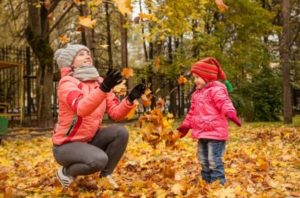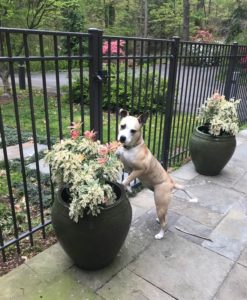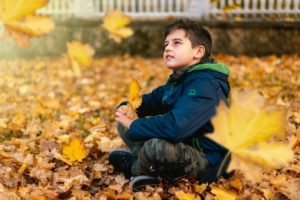Latest Posts
- Have a purpose when backyardingAugust 5 2021
- Study: Time outside alters our microbiomeAugust 4 2021
- Happy National Mutt Day from Mo-MoJuly 27 2021
- New home? Avoid these common mistakes in your yard.July 26 2021
- Infographic: Plan a backyard staycation this summerJuly 22 2021
Categories
Archive
September 23rd
Get “screen overloaded” kids outside with the help of TurfMutt
School is back in session for students around the country – and many kids, if attending school from home, are spending lots of time online and in front of screens.
Mutt Mulligan (“Mo-Mo”), a rescue dog who is “pawing it forward,” reminds us that enjoying time in the parks and yards nearby is good for us and for the planet. As the official spokesdog of the TurfMutt Foundation, Mo-Mo knows a thing or two about yards – and the boundless energy that many children need to expend outdoors.

Right now the safest place to spend time may be your personal green space – your yard. It can help your children de-stress, widen their play area, and build up knowledge in science and math. Mutt Mulligan offers tips to help make the most of your yard as an outdoor classroom.

Tip #1: Get outside throughout the day. Take a 20-minute break between classes at home, head out to the backyard and breathe some fresh air. During a lunch break, take a quick visit to the park. After spending a long day indoors, encourage children to get outside to enjoy the family yard.

Tip #2: Notice the different kinds of plants in your yard. Take kids around the outside of your home. Encourage them to take notes and sketch what they see. How is the landscape changing this time of year? What animals or birds might be nesting in or feeding on plants in the yard as the season progresses? What makes your yard unique from the others in the area? Draw the living (plants, trees, grass) and the non-living (patios, grills) parts of your landscape.

Tip #3: Learn about the world beneath little feet. Explain that one of the benefits of plant-filled green spaces is that they provide habitats, or natural homes, for many different creatures. Look for birds, bees and other creatures that have made both urban and suburban neighborhoods their home. Use a magnifying glass to help your child explore what lives in the grass or is resting on shrubs and trees.

Tip #4: Map out the living landscapes in your neighborhood. Go on a living landscape hunt. Walk around your neighborhood with your child and sketch the living landscapes, creating a map with symbols for trees, bushes, flowers and grass. You can also add markers for animal or insect habitats, or water sources.

Tip #5: Make a nature journal. Get some paper or a notebook and keep a record of when your family is outside and what you do when you are there. It can be as simple as jotting down the date and the activity you did outside, or as detailed as adding sketches of plants or animals observed, and more. Review the journal at dinnertime or weekly to see how much time you spent outside.

Tip #6: Put the right plant in the right place. If you’ve decided to add some new plants to your yard as a family activity, check the USDA Plant Hardiness Zone Map to find out what plants are best for where you live. Use a mix of native and adaptive plants and place them where they will thrive – a teachable moment for children!

Tip #7: Visit TurfMutt.com to play games and read digital storybooks for free to learn more. The website for the TurfMutt environmental education and stewardship program for grades K-8 offers home-based activities, digital storybooks, lesson plans for families and teachers, and more.
To learn more, go to TurfMutt.com.





